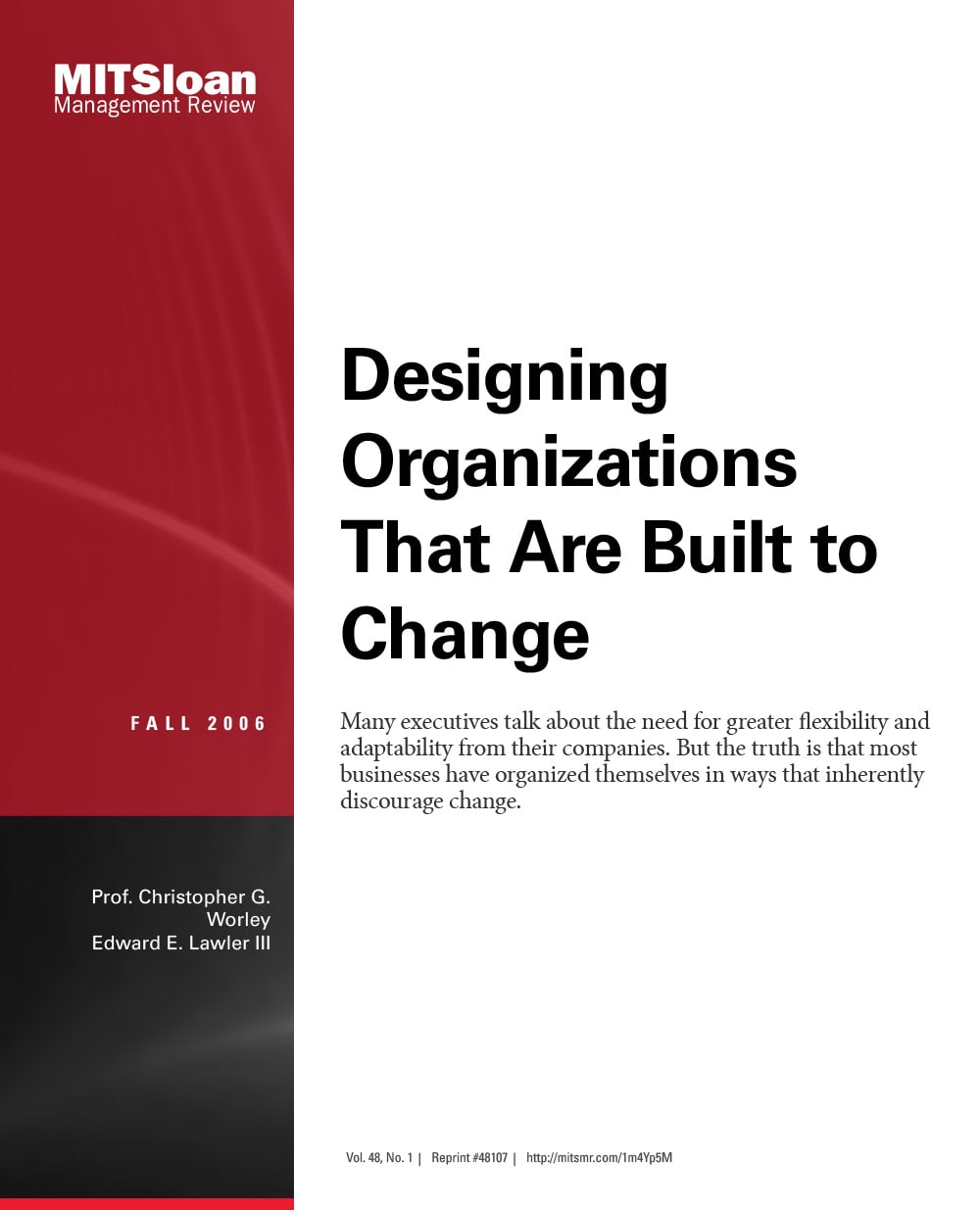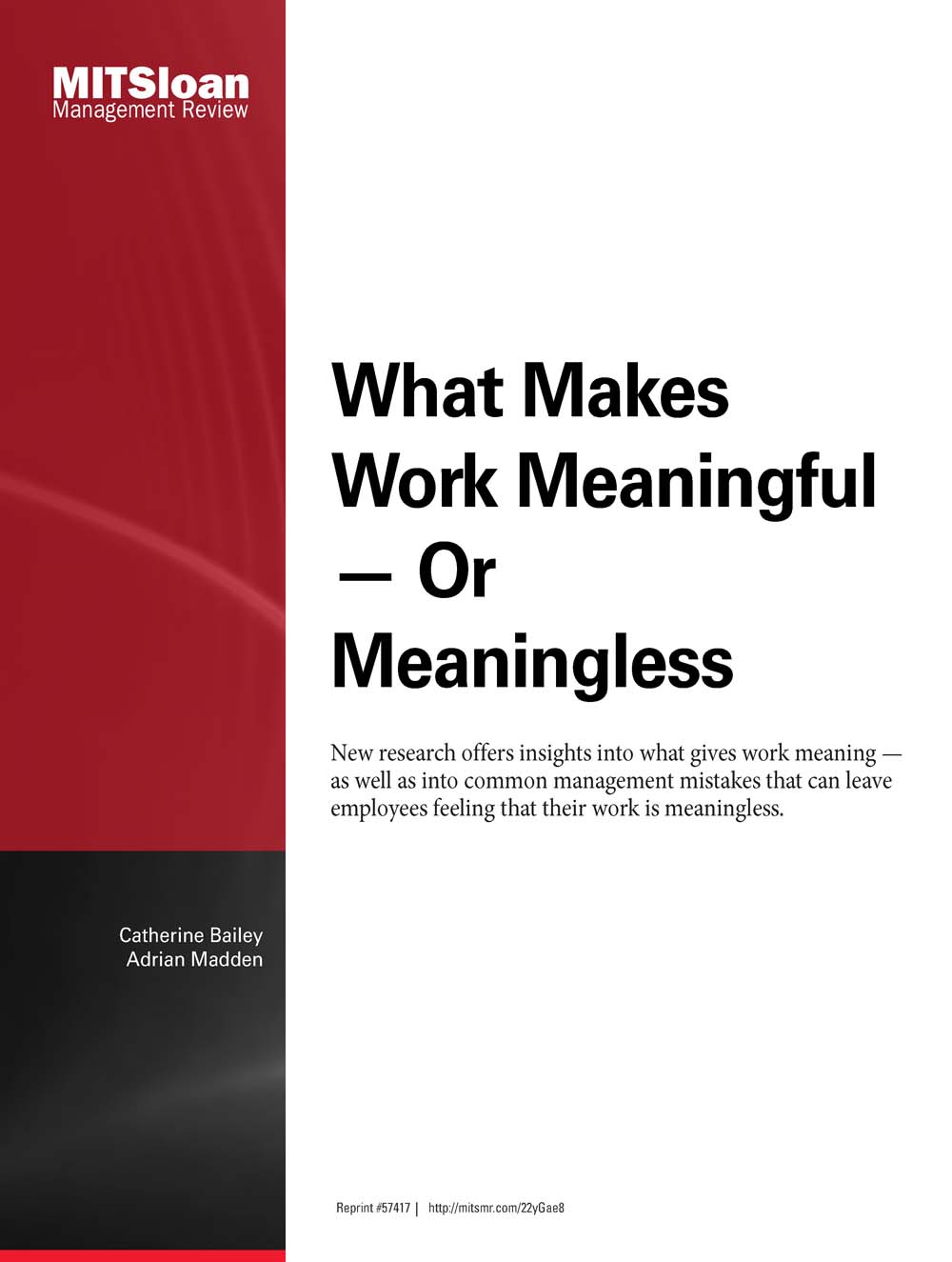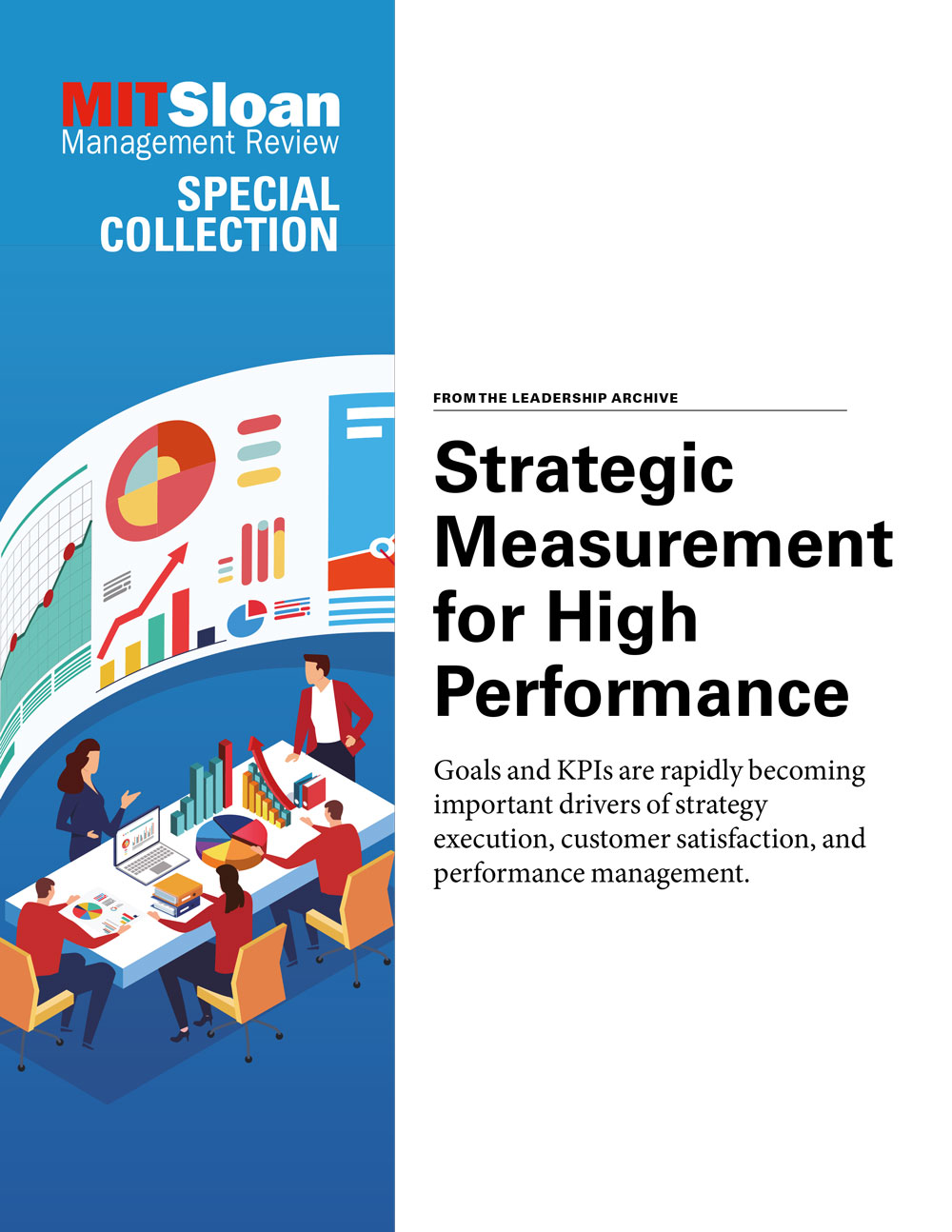
Designing Organizations That Are Built to Change
Most large-scale change efforts fail to meet their expectations. A major problem is that even the most advanced change models will stumble when they face organizational designs and management practices that are inherently anti-change.
The truth is that the effectiveness of change efforts is largely determined by organizational design, or how a company's structure, processes, reward systems and other features are orchestrated over time to support one another as well as the company's strategic intent, identity and capabilities. In a world that is perpetually changing, an organization's design must support the idea that the implementation and reimplementation of a strategy is a continuous process. However, a number of traditional organizational design features tend to discourage -- and not encourage -- change. Thus, to transform themselves into organizations that are "built to change," companies need to rethink a number of these basic design assumptions with respect to managing talent (forget about job descriptions and redefine the relationship between company and worker), reward systems (implement a "person-based" pay system), structure (redesign the organization to maximize its "surface area"), information and decision processes (scrap the annual-budget process and move decision making closer to the front lines), and leaders (replace hierarchical command-and-control with shared leadership).




